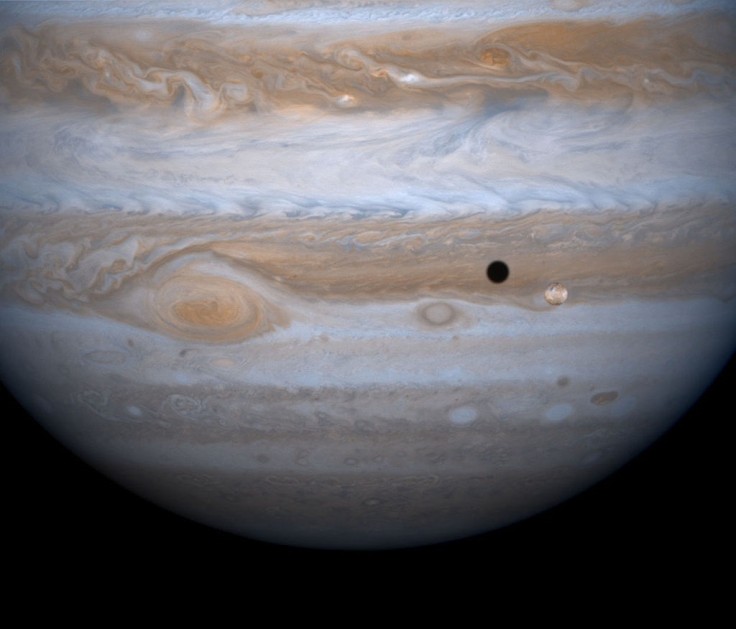
After a century of compiled research, NASA recently discovered that the outermost "lane" of Jupiter's Great Red Spot is accelerating. With its vortex bigger than Earth itself, this fascinating storm is now traveling at speeds that exceed 400 miles per hour.
Astronomers and researchers pursue ongoing studies on the "king" of solar system storms. The Great Red Spot is an iconic phenomenon visible in Jupiter's atmosphere. Aside from being the biggest storm, with a diameter of 10,000 miles across, the Great Red Spot has maintained its violent energy for close to centuries now.
NASA Hubble Space Telescope: A New Discovery on Jupiter's Great Red Spot
The recent discovery was only made possible thanks to NASA Hubble Space Telescope's acquired data.
According to NASA, researchers analyzed Hubble's regular "storm reports." They studied the Great Red Spot average wind speeds by analyzing its rotation speeds. The Great Red Spot's massive vortex is divided into two sections: an outer ring near the edge of its boundaries and an inner ring that moves at significantly slower speeds.
Comparing the data between 2009 and 2020, researchers discovered an 8 percent speed increase on its outer ring!
Read Also : NASA Hubble Space Telescope Captures Massive Einstein Ring in Ultra Rare Discovery [Images and Video]
Researcher Michael Wong from the University of California said to NASA, "When I initially saw the results, I asked 'Does this make sense?' No one has ever seen this before. But this is something only Hubble can do. Hubble's longevity and ongoing observations make this revelation possible."
Unfortunately, continued research in the area is difficult. Unlike Earth, with orbiting satellites and airplanes that track major storms in real-time, Hubble couldn't see the bottom of the Great Red Spot storm. The area below the cloud tops remains invisible to the space telescope.
Researchers use Hubble's data on its spatial resolution, precision tracker, and image resolution to analyze each small change happening in the Great Red Spot.
A researcher in NASA's Goddard Space Flight Center Maryland, Amy Simon, furthered, "Hubble is the only telescope that has the kind of temporal coverage and spatial resolution that can capture Jupiter's winds in this detail. We're talking about such a small change that if you didn't have eleven years of Hubble data, we wouldn't know it happened."
NASA Hubble Images and Videos: Landsat 9 Booster Engine Cut Off
Another exciting news is NASA's recent tweet about a booster engine separating from the Landsat 9 spacecraft. Unlike most engine cut-off videos, the recent tweet showed the sequence with fantastic clarity. The video featured the vent both from Earth's perspective and from a space perspective.
Enjoy this beautiful shot of the booster falling away after the booster engine cut off and separated from the #Landsat 9 payload 😍 pic.twitter.com/eSvrJoKAZN
— NASA (@NASA) September 27, 2021
According to Space.com, Landsat 9 is a new Earth-observing satellite designed to monitor climate change, forest cover, and more. Its space mission should extend 50-year continuous research on global imagery and changes. Researchers are hopeful about Landsat 9's amazing potential and possible discoveries in the years to come.









